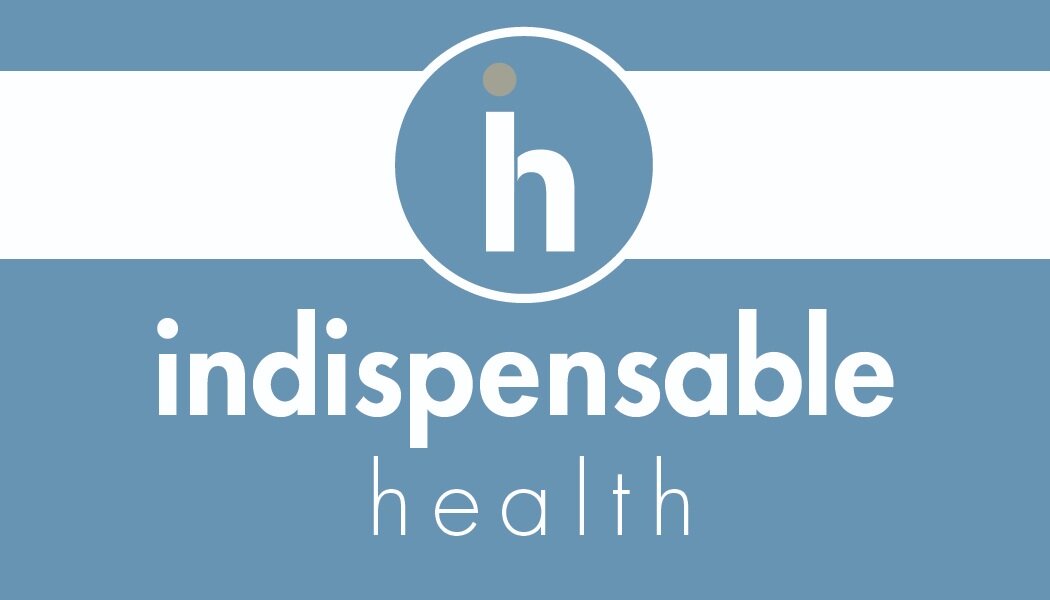Structured Agendas for Productive Hospital Leadership Meetings with Free Sample
Introduction
In the fast-paced and intricate world of healthcare, seamless coordination between various departments is crucial to ensure quality patient care and effective administration. One pivotal collaboration exists between the hospital president or administrator and the director of the pharmacy. To maximize the efficiency and effectiveness of their routine interactions, a well-structured agenda is essential. In this blog, we delve into the significance of being organized and having a clear agenda for guiding routine meetings between these two critical roles within a healthcare institution.
The Power of Organization
Organizational skills are the backbone of any successful endeavor, especially in a complex setting like a hospital. When it comes to meetings between the hospital president/administrator and the director of the pharmacy, being organized is paramount. An organized approach demonstrates respect for each other's time, sends a message of professionalism, and fosters an environment of collaboration and productivity.
1. **Time Efficiency**: Hospital administrators and pharmacy directors have demanding schedules. By having an organized agenda, the time spent in meetings becomes focused and results-oriented. Every minute saved can be channeled into making strategic decisions, enhancing patient care, or addressing critical issues.
2. **Clear Communication**: An organized agenda ensures that all topics are clearly outlined. This promotes transparency and minimizes misunderstandings, helping both parties stay on the same page.
3. **Priority Setting**: Hospitals are multifaceted institutions with numerous ongoing initiatives. An agenda aids in identifying the most critical matters that require immediate attention. It guides the meeting towards discussing high-priority issues, preventing valuable time from being wasted on less pertinent topics.
Crafting the Perfect Agenda
The success of a routine meeting between the hospital president/administrator and the pharmacy director is highly dependent on the agenda. A well-crafted agenda acts as a roadmap, steering the discussion in a purposeful direction and ensuring that key points are covered comprehensively.
1. **Preparation**: Adequate preparation is the cornerstone of an effective agenda. Both parties should contribute to the agenda items to ensure all relevant matters are included. This inclusive approach fosters collaboration and equal participation.
2. **Clear Objectives**: Each agenda item should have a clear objective. Whether it's discussing pharmacy operations, budget allocations, or patient care initiatives, setting specific goals for each topic enables the meeting to remain focused and productive.
3. **Time Allocation**: Assign time limits to each agenda item to prevent overindulgence in any one topic. This maintains a balanced discussion and ensures that all relevant subjects are addressed within the allocated timeframe.
4. **Background Information**: Providing necessary context or supporting data for each agenda item beforehand can expedite decision-making. This ensures that all participants are well-informed, promoting more informed discussions.
5. **Action Items and Accountability**: For every topic discussed, outline actionable steps that need to be taken afterward. Assign responsibilities to specific individuals, ensuring that follow-up actions are clear, and the implementation process is seamless.
6. **Flexibility**: While structure is crucial, allow room for flexibility in the agenda. Unexpected issues or emerging concerns might arise, and the agenda should be adaptable to accommodate such situations.
Benefits of a Well-Structured Meeting
Implementing a well-structured agenda for routine meetings between the hospital president/administrator and the pharmacy director yields substantial benefits for both individuals and the entire healthcare institution.
1. **Enhanced Collaboration**: A clear agenda promotes an atmosphere of collaboration. When both parties understand the goals of the meeting, they can contribute their expertise more effectively, resulting in well-informed decisions.
2. **Efficient Problem-Solving**: Hospitals encounter a myriad of challenges. A structured agenda encourages systematic problem-solving discussions, enabling the identification of root causes and the development of effective solutions.
3. **Strategic Decision-Making**: Important decisions are made in these meetings that impact patient care, resource allocation, and overall hospital operations. An organized agenda ensures that these decisions are well-thought-out, backed by data, and aligned with the hospital's strategic goals.
4. **Improved Accountability**: With action items clearly outlined in the agenda, accountability becomes integral to the process. Follow-up on action items becomes more streamlined, leading to enhanced execution of plans and initiatives.
5. **Time Management**: By adhering to a predetermined schedule, meetings become more efficient, leaving room for attendees to address other pressing matters in their respective roles.
Conclusion
In the intricate world of healthcare administration, the partnership between the hospital president/administrator and the pharmacy director is pivotal. To ensure productive and purposeful interactions, organization and structured agendas are indispensable. The benefits of adopting this approach are far-reaching, encompassing streamlined communication, enhanced collaboration, and efficient decision-making. As the healthcare landscape continues to evolve, the power of a well-crafted agenda remains a steadfast tool in navigating the complex challenges of hospital leadership.

